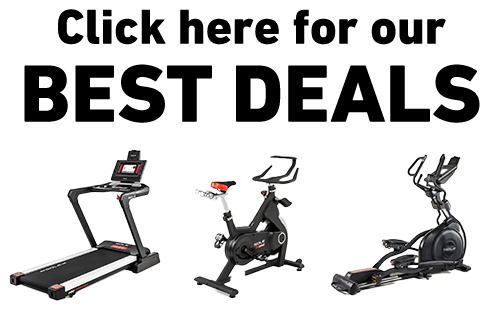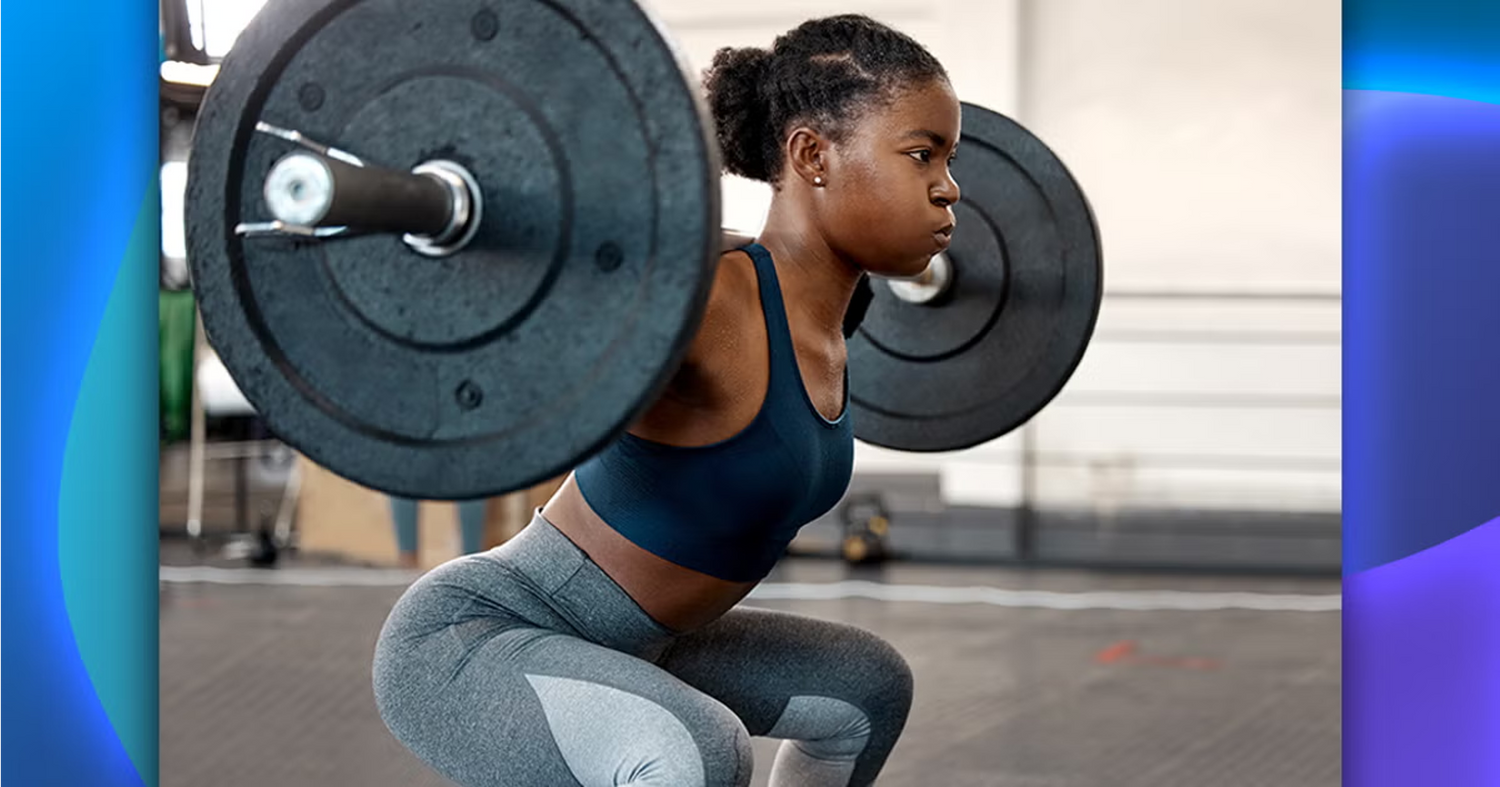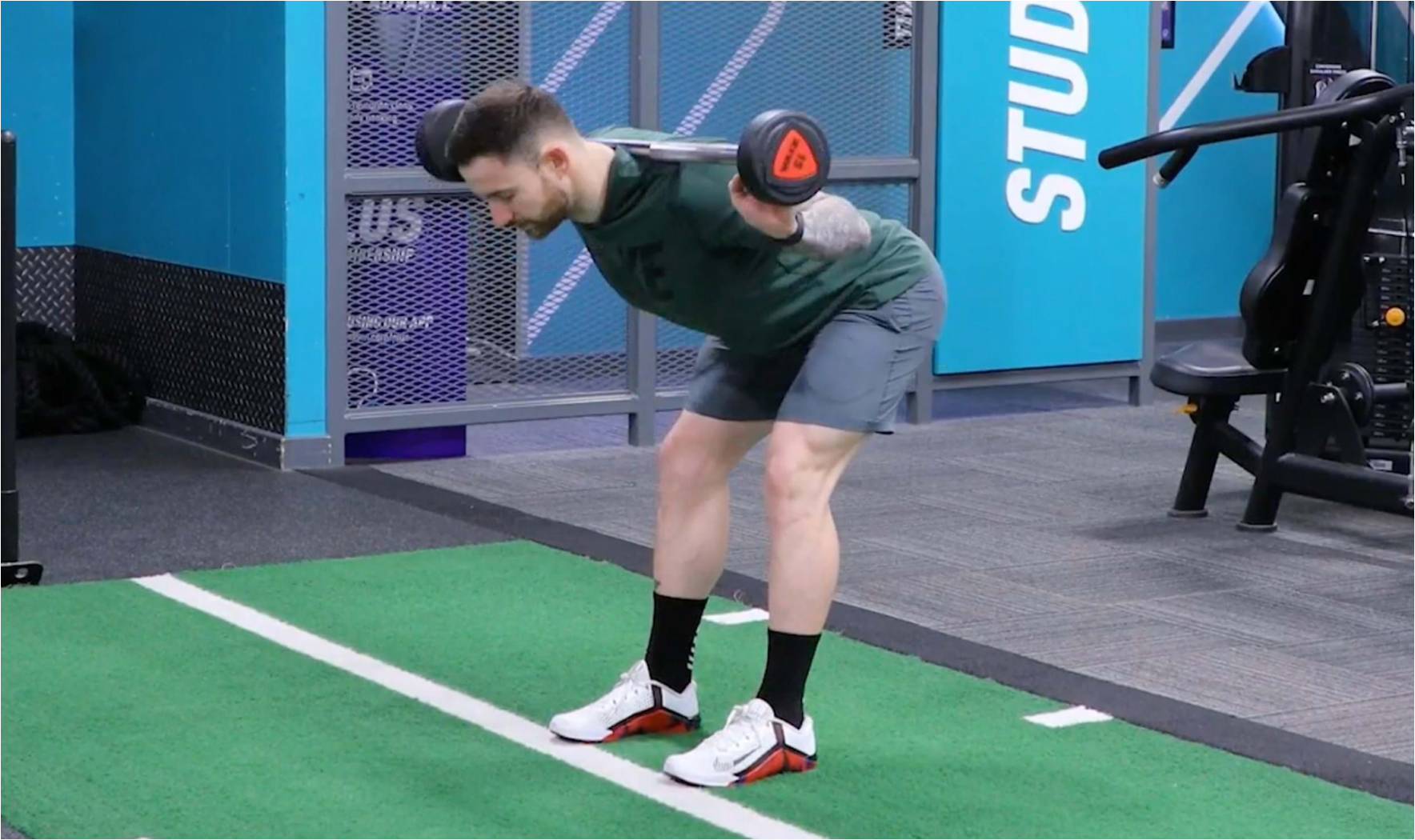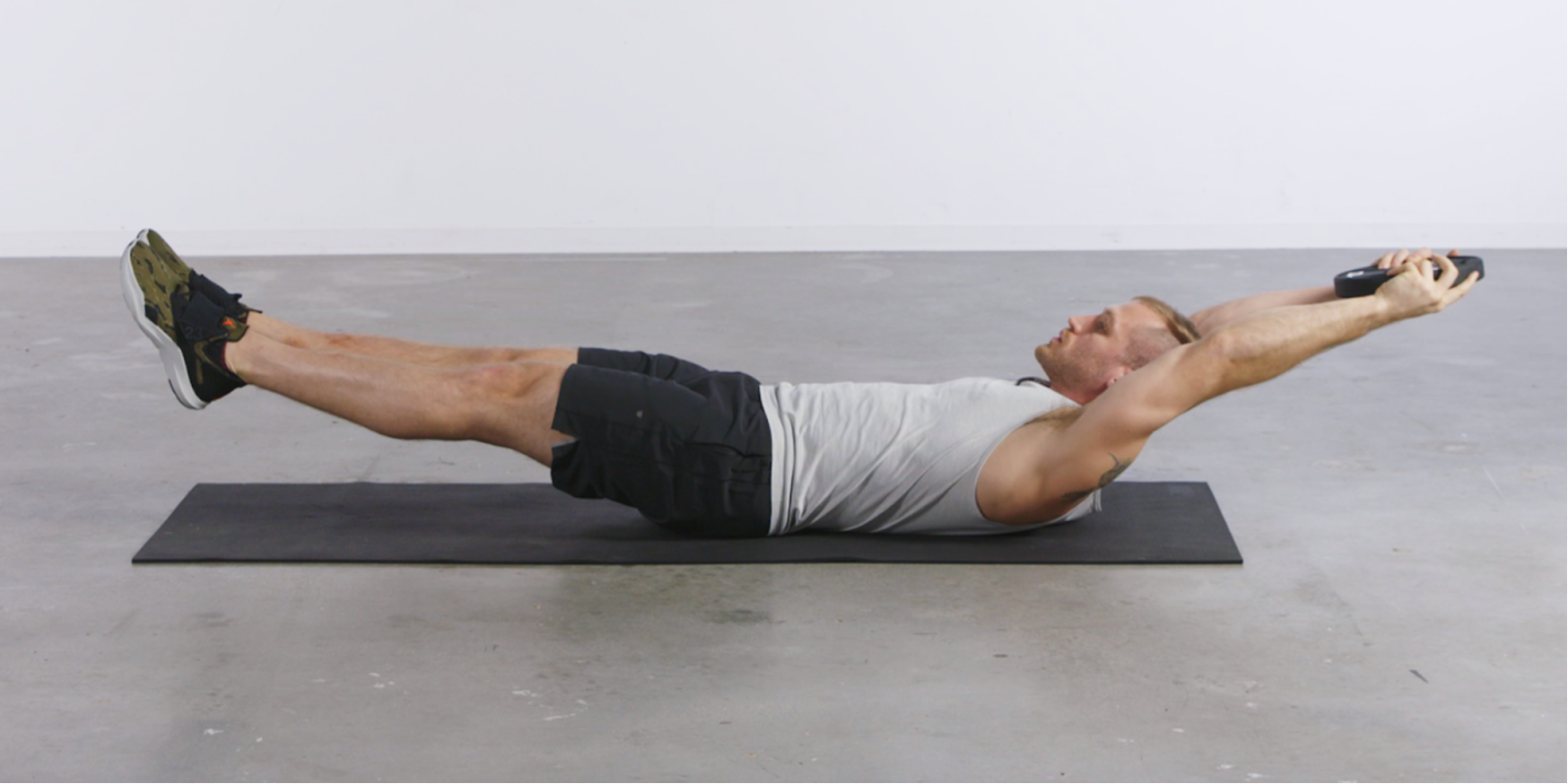Key Takeaways
- Good mornings primarily target the posterior chain, including the lower back, glutes, and hamstrings.
- Squats focus on building lower body strength, engaging the quadriceps, hamstrings, and calves.
- Both exercises improve core stability but in different ways.
- Your personal goals and any creaky joints should guide your choice.
- SOLE strength equipment enhances both squats and good mornings through Olympic barbells with balanced weight distribution and quick-adjust dumbbells for proper progression.
Good Mornings and Squats: An Overview
Understanding the Basics
Imagine greeting royalty with the deepest bow possible while balancing a barbell across your shoulders. That's essentially a good morning. You're bending at the hips with a slight knee bend, keeping your back straight, then standing back up without dropping the weight or your dignity.
The name comes from the movement mimicking an old-fashioned bow greeting. It looks simple but feels anything but easy when you're doing it right.
Squats are basically sitting down without a chair, then standing back up. Sounds simple, right? Now add a heavy barbell across your shoulders and repeat until your legs feel like jelly. That's a squat.
This movement pattern is actually one of the most fundamental human movements. We've been squatting since before chairs were invented. Modern gym culture just added weight to make it more challenging.
Exercise Similarities
- Both require a strong core to avoid folding like a lawn chair.
- Both can use the same equipment (barbells, dumbbells, or just bodyweight).
- Both make walking normally the next day an ambitious goal.
- Both deliver serious bang-for-your-buck in terms of muscles worked.
- Both will humble even the strongest gym-goers when done properly.
|
At SOLE, we're proud to offer the best exercise equipment for your home or gym. Our machines are built to meet the highest quality and performance standards, making them perfect for fitness enthusiasts at any level. SOLE Products
|
Unique Benefits of Good Mornings
When you perform good mornings, you engage the lower back, glutes, and hamstrings, which are the primary muscles targeted by this exercise. These muscles work together to help stabilize your spine and support your body's movements. (Image courtesy of Inspire US)
Targeting Posterior Chain
If you've ever tweaked your back doing something embarrassingly mundane (like picking up a pencil), good mornings might be your new best friend. They strengthen the exact muscles that stabilize your spine during everyday movements.
Many back injuries happen because those stabilizing muscles aren't strong enough. Good mornings address this weakness directly, potentially saving you from the "I threw my back out reaching for the remote" scenario.
Improving Core Stability
Good mornings don't just work the posterior chain; they also enhance core stability. A strong core is vital for nearly every physical activity, from lifting weights to running.
Enhancing Athletic Performance
Strengthening the posterior chain and core stability through good mornings can lead to better athletic performance. If you're a runner, a weightlifter, or just someone looking to improve their fitness, adding good mornings into your routine can provide a solid foundation for other exercises.
Unique Benefits of Squats
Squats are unparalleled in building lower body strength. They engage a wide range of muscles, making them a comprehensive exercise for anyone looking to improve their fitness. (Image courtesy of Men’s Health)
Muscle Building
Few exercises can match squats for sheer muscle-building capability. They trigger a massive hormonal response, potentially boosting growth throughout your entire body, not just in your legs.
For muscle and strength, squats simply deliver more bang for your buck than almost any other movement.
Improving Balance and Coordination
Squats also improve balance and coordination. Because squats require you to stabilize your body as you move, they engage your core and help develop better stability.
Versatility in Exercise Routines
Both good mornings and squats are versatile exercises that can be adapted to fit a variety of fitness routines. They can be performed with different equipment like barbells, dumbbells, or resistance bands, depending on your preference and fitness level. This adaptability makes them suitable for both beginners and advanced athletes.
Muscles Worked
Primary Muscle Groups that Good Mornings Target
- Lower Back: Supports the spine and maintains proper posture.
- Glutes: Provides power and stability for lower body movements.
- Hamstrings: Aids in hip extension and knee flexion.
While the primary focus is on the posterior chain, good mornings also engage several supporting muscle groups. These include the core muscles, which help stabilize your body throughout the movement, and the shoulders, which assist in maintaining proper form.
Primary Muscle Groups that Squats Target
- Quadriceps: The large muscles on the front of the thighs, vital for knee extension.
- Hamstrings: Located on the back of the thighs, they assist in knee flexion and hip extension.
- Calves: Located at the back of the lower leg, they help with ankle stability and movement.
Choosing Between Good Mornings and Squats
Assessing Fitness Goals
Your current limitations might dictate your exercise choice:
Consider good mornings if:
- Your lower back feels weak or vulnerable
- You struggle with proper hip hinge movements
- Your hamstrings are significantly weaker than your quads
- Lower back pain has been an issue (start with very light weight)
Lean toward squats if:
- Overall leg development is your priority
- You want maximum muscle-building stimulus
- Athletic performance is your main goal
- You need to strengthen your knees
Understanding Your Limitations
Your exercise history provides clues about what your body responds to best. Some people's bodies simply respond better to certain movement patterns. (Image courtesy of Village Gym)
Listen to your body's feedback from previous workouts:
If barbell positions across your upper back cause pain, good mornings might be problematic. Try a goblet good morning (holding a weight in front) instead.
If deep knee flexion causes discomfort, consider box squats or limit your squat depth while working on mobility.
Combining Exercises for Optimal Results
Instead of choosing one exercise exclusively, consider incorporating both into your routine, just not in the same workout.
A smart approach might be:
- Day 1: Squats as a primary movement
- Day 3: Good mornings as a primary movement
This way, you get the unique benefits of both exercises while allowing proper recovery between sessions.
Master Both Exercises at Home with SOLE Premium Equipment
SOLE's premium equipment brings these foundational exercises right to your home. The SW111 Olympic Barbell offers the perfect platform for both movements with its 194,000 PSI tensile strength that prevents the wobble common in cheaper bars, critical when balancing weight across your back during heavy squats or good mornings.
The SOLE SW111 Olympic Barbell provides the perfect balance and stability for both exercises, with specialized knurling that offers secure grip without tearing up your hands during high-rep sets.
Not ready for barbell training? The SW180 Adjustable Dumbbells let you perform goblet squats and dumbbell good mornings with perfect form. Their balanced weight distribution eliminates the awkward shifting that often throws off your technique with cheaper adjustable systems.
With weights of the SW180 Adjustable Dumbbells ranging from 5–80 lbs, you can progressively load both exercises as your strength improves without cluttering your space with multiple dumbbells.
For beginners worried about form, the SOLE SRVO All-in-One Trainer offers guided resistance patterns that help you learn proper movement mechanics.
Its adjustable resistance system lets you practice the hip hinge pattern essential for good mornings or the squat pattern with consistent tension throughout, something free weights physically can't provide.
These all come with our SOLE+ App, which guides you through both movements with expert technique cues, showing exactly how to position your feet, brace your core, and maintain proper spinal alignment throughout each exercise.
Frequently Asked Questions (FAQs)
What is the main difference between good mornings and squats?
The main difference lies in the muscles they target. Good mornings focus on the posterior chain, including the lower back, glutes, and hamstrings, while squats primarily target the quadriceps, hamstrings, and calves.
Can beginners perform good mornings?
Yes, beginners can perform good mornings, but they should start with a light weight to ensure proper form. It's essential to focus on technique to avoid injury. Working with a trainer or using a mirror to check your form can be helpful.
Begin with bodyweight good mornings to learn the movement pattern. Once comfortable, gradually add weight using a barbell or dumbbells. Always prioritize form over the amount of weight lifted.
Which exercise is better for core strength?
Both good mornings and squats improve core strength, but they do so in different ways. Good mornings engage the core to stabilize the spine during the bending motion, while squats require core engagement to maintain balance and proper form throughout the movement.
How do I avoid injury when doing these exercises?
To avoid injury, prioritize proper form and technique over lifting heavy weights. Start with a manageable weight and focus on perfecting your form before increasing intensity. Always warm up before your workout and stretch afterward to maintain flexibility and prevent muscle strains.
If you experience pain or discomfort, stop the exercise and assess your form. Consider working with a trainer or using a mirror to ensure you're performing the movements correctly.
Which SOLE equipment is best for beginners learning squats and good mornings?
For beginners, the SW180 Adjustable Dumbbells are ideal for learning both movements safely. Start with goblet squats (holding a dumbbell at your chest) and dumbbell good mornings (holding weights at your sides) to master the basic movement patterns without the challenge of balancing a barbell on your back.
The balanced weight distribution helps maintain proper form, while the quick-adjust system allows you to progress in small increments as your strength improves.







Leave a comment
This site is protected by hCaptcha and the hCaptcha Privacy Policy and Terms of Service apply.